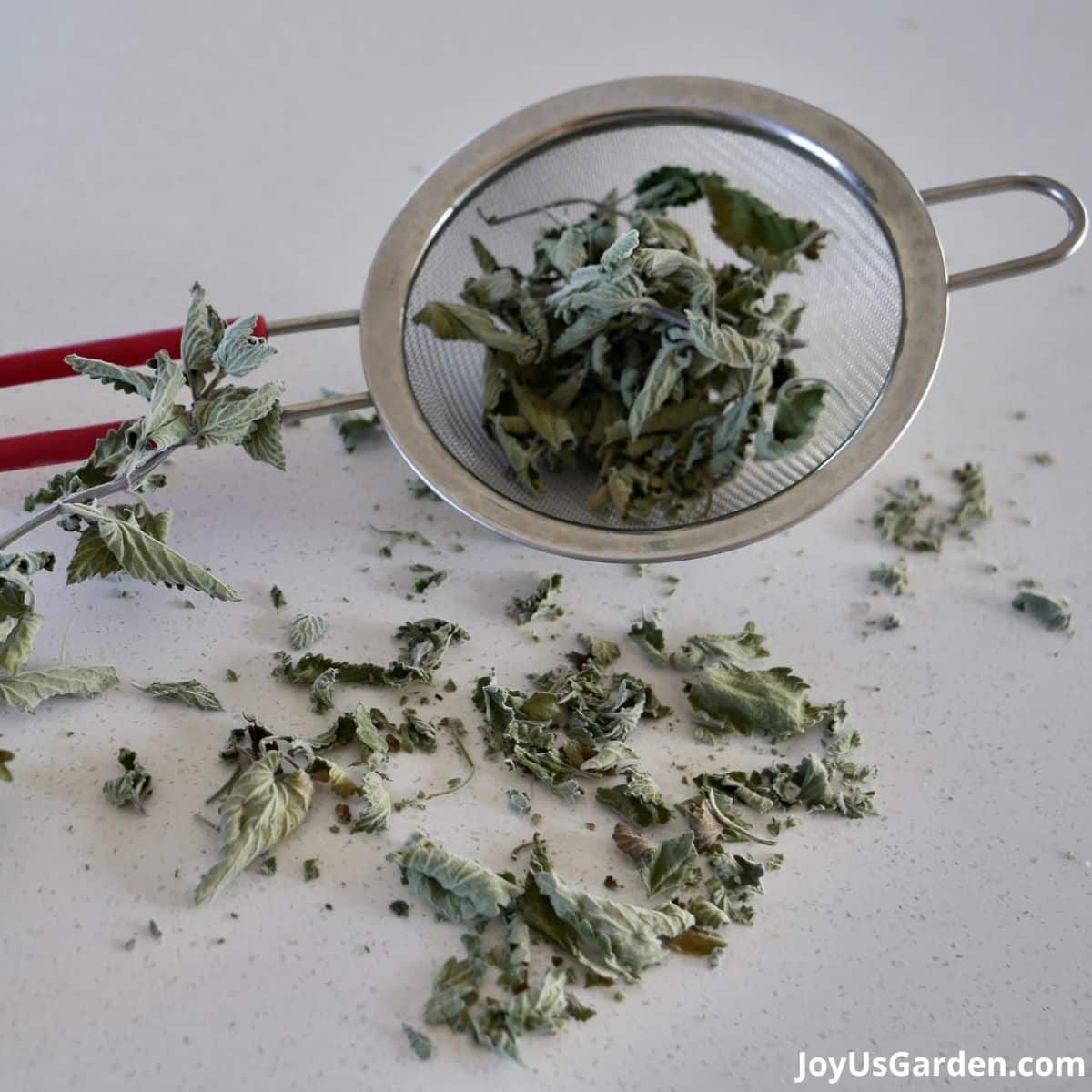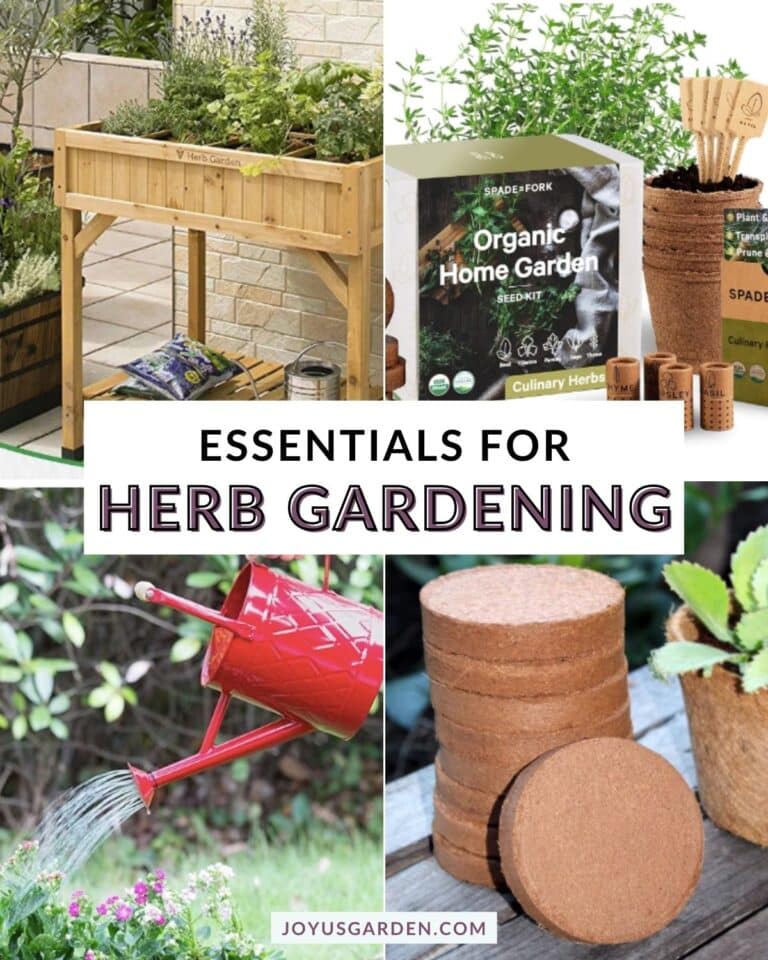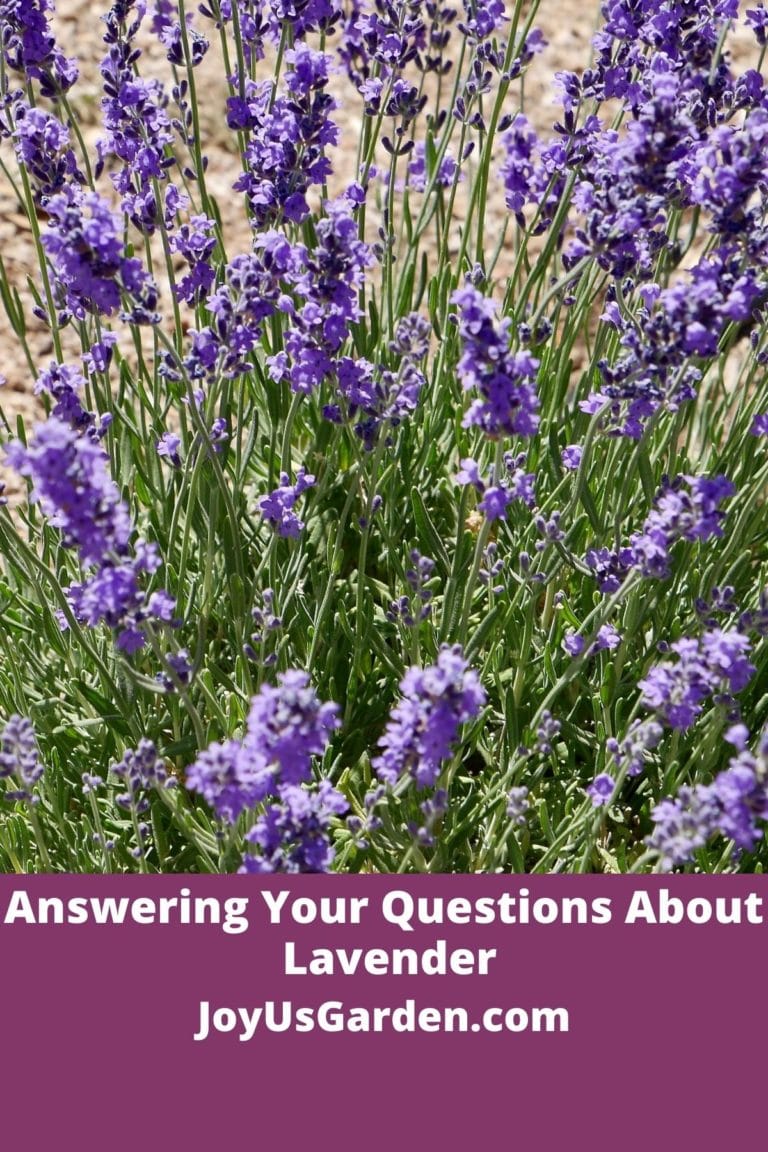26 Best Herbs to Grow in Your Own Herbal Tea Garden
Being able to grow your own food, drink, and herbal medicine in your garden can be powerful and rewarding. If it’s something like a cup of tea and healing you’re after, however, nothing is better than choosing your own herbal teas for a tea garden.
If you’re just starting and don’t know where to begin, look no further. We’ve chosen 26 best herbs to grow in your own herbal tea garden, for enjoying your own herbal teas— and how to get started.
Benefits Of Herbal Teas
Drinking your own herbal tea (especially from plants you grow yourself) can have numerous health benefits. Some medicinal properties include, but are not limited to:
- Better digestive health
- Helping upset stomach
- Calming effects
- Immune system support (boosting)
- Cooling effects
- Fever-breaking effects
- Inflammation support
- Liver health and detox benefits
- Better sleep
- Cough support
- Sore throat support
- Extra nutrients or antioxidants
- Less colds and flu
- …and more
Creating your own tea blends of different common herbs could make supporting a combination of different health issues possible!

How Do I Get An Herbal Tea Garden Started?
This is simple— but also complicated, as every single herb needs different conditions to grow! But it’s safe to say you should cut out a sunny, fertile part of your garden beds for herbs as most of them need full sun and good fertility (unless otherwise noted). If you don’t have a good patch of soil or a backyard, then airtight containers, planters, and raised beds are great options also.
Growing Your Own Tea Garden FAQs
- Can you grow your own herbs for tea?
Of course, you can— there is a huge variety of tea herbs you can grow in just about any climate in the world, even if you only have pots or containers.
- How do you start a tea garden?
Choose which herbal teas, plants, and medicinal properties you’re looking for. Choose varieties that will grow well in your area or situation: garden, planter, or raised bed.
- What herbs can you grow in a tea garden?
So many! This article will highlight 26 best herbs to grow in most places around the world.
Best Herbs For Tea Garden
Angelica
This towering and stunning plant can tolerate some shade, so put it in that garden spot you’ve never known what to do with! Its seeds make an excellent tea for digestion with a licorice-like flavor. Make sure to put it somewhere that its roots can grow deep to be healthy.
Lemon Balm
Lemon balm is a low-growing mint relative with a citrusy touch to its menthol flavor, and incredibly easy to grow— plant it in the right place, and it takes off! Thankfully too, lemon balm is not very picky. Teas from the plant are good for digestive upset, nervousness, and anxiety.

Echinacea
You absolutely must grow this beautiful prairie plant in your tea garden. The roots, but also the leaves, have some immune system boosting properties and could help reduce how often you deal with colds or flu. Echinacea loves full sun and can thrive even in poor, rocky soil with minimal watering.
Lemon Verbena
Not too different from lemon balm (but with a stronger lemony aroma), you’ll want to grow this one in pots or containers if you live where winters are harsh. Lemon verbena prefers warmer climates and full sun— if it gets cold, you’ll need to bring it inside. It makes a delicious tea that soothes the stomach.
Mint Plants
Spearmint, peppermint, chocolate mint, pineapple mint, anise hyssop— all these different mint varieties make for excellent teas with their fresh leaves! Their needs for growing are similar also, and mints aren’t very particular about where they grow: partial shade or full sun (though they do better with fertile soil). Mints are famous for soothing the stomach and freshening breath.
Related: How To Prune Mint, Tips For Growing Mojito Mint, and How To Care For & Plant Mint
Marshmallow
Marshmallow (and its close relative, hollyhock) are both big, tall, and stunning flowers you won’t want to skip out on in your garden. The velvety leaves (and the root, too), when made into a sweetened tea are excellent for soothing coughs and sore throats while gently helping regulate digestion as a laxative. Be sure to put them in a spot that is very sunny, though far away from other sun-loving plants it may shade out.
Chamomile
If you have your own herbal tea garden, then you must grow chamomile, an essential tea plant with incredible floral-apple flavor. Chamomile tea is famous for calming the nerves, digestion, and promoting sleep. It has some anti-inflammatory effects that could help things like allergies, too. This annual prefers to grow in a bit of shade. There are two common varieties you can grow: Roman and German chamomile.

Catnip
The cats will love it— and so will you. This mint relative makes a very pleasant tea for humans as well, with benefits that soothe the nerves and could even help with heartburn. Of course, you can enjoy it with your feline friends, too. Catnip doesn’t have a strong preference for where it grows— it’s very hardy and likely to grow wild, too!
Related: How To Grow Catnip
Stevia
Wishing to cut down on your sugar intake, even when you have a cup of tea? Then add the stevia plant to your herbal tea garden. A few leaves in your tea could sweeten the pot. That said, if you grow in a cold area with winters (any zone lower than 11), grow it in a container or pot so you can bring it inside when its cold. Stevia likes acidic, damp, yet well-draining soil.
Ginger
This tropical shade-loving plant may surprise you. Ginger can be very easily grown even from culinary roots (rhizomes) you obtain from the grocery store in a pot or planter! You can then continue to harvest roots from your plants, making powerful teas for coughs, colds, flu, sore throat, and nausea. Make sure it gets plenty of shade, water, good drainage, and bring it in during the winter.
Hibiscus
Grow a little taste of the tropics right in your own backyard. Hibiscus flowers (calyxes) can make for powerfully tart and tangy herbal teas with digestive benefits, and have many different varieties that can grow in all sorts of growing zones— yes, even in cold winters! True to their tropical origins, grow hibiscus in full sun and keep their soil damp.
Related: How To Prune Tropical Hibiscus In Spring

Lavender
Nothing is more soothing than the taste or aroma of a piping hot cup of lavender tea. It can support digestion, untangle nerves, and bring back mindfulness and peace. This spiked purple flower can be fairly particular about its growing situation, needing full sun, alkaline soil, and protection in really tough winter regions and USDA zones for growing.
Related: How To Plant Lavender In Pots and Answering Your Questions About Lavender
Milk Thistle
In some places, this plant is practically considered a weed. But you’d still want to keep it in your garden: milk thistle seeds, eaten or sipped as a tea, have powerful effects on the liver! Harvesting the seeds regularly will help keep them from spreading, too. Since milk thistle is pervasive and can grow just about anywhere, you should have problems with it in your herb garden.
Thyme
You’ll find that this petite mint relative just as easily makes for a beautiful outdoor bush as it does a house plant, thanks to its easily manageable size. Not only does it help spice up your favorite meal, but thyme tea can also be excellent for supporting the immune system, soothing coughs, and even helping with nausea. It grows easily outdoors, even in winter with protection, in full sun and well-drained soil.

Bee Balm
If you like floral teas and the flavor of thyme, bee balm is an absolute must-have for your herbal tea garden. The exquisite flowers come in many colors and have similar benefits and taste to time: good for immunity, colds, coughs, and even inflammation. Plant it in fertile soil with plenty of sun.
Elderberry
Elderberry plants make for the ultimate cold, flu, and fever tea remedy (though maybe only second to echinacea). The teas made from the berries are incredibly flavorful and great-tasting, too. These perennial herbs love acidic forest-like soils with partial shade and are very tough. Once you get it going in your garden it won’t likely give up anytime soon.
Dandelion
Before you pull out this typically undesirable weed, keep in mind that dandelion is an incredible healer! Tea made from the leaves, roots, and flowers is known to power up digestion, support natural detoxification, and promote liver health. No growing advice necessary: we all know that dandelion does perfectly fine on its own, as long as you keep it around!

Pineapple Sage
If you are a lover of flavorful iced teas, pineapple sage is a must-have. Since it’s in the mint family pineapple sage has a lot of similar benefits: soothing the nerves as well as an upset stomach. Make sure to give it a place in your garden with full sun and where it can get good moisture, but also good drainage (or adequate drainage holes in containers).
Rose Hips
One of the highest sources of vitamin C in the plant world (and thus excellent for immune system health, as well as colds and flu), the first step to getting rosehips is to grow yourself a rose bush in your garden! Preserve a spot in your garden for them that has tons of direct sunlight, but some shade is helpful for their blooms, too.
Valerian
With just a little work and some growing dedication, having valerian in your tea garden can provide you with one of the world’s best natural sleep aids: valerian root! Make sure to give it a spot with deep, workable soil where the roots can get nice and big. Otherwise, also give valerian plenty of clearance to grow tall in either full sun or partial shade with good drainage.
Holy Basil
No, not Italian basil— though close! Holy basil is an easy-to-grow Asian relative of green or sweet basil with wonderful flavor for fresh herbs in tea, and an aromatic bubblegum-like taste. In parts of its homeland, the herb had such strong immune benefits, it was thought to confer long life and promote longevity. Holy basil requires little to grow well, though it will cold-kill just like its basil relative.

Lemon Grass
This herb is a perfect candidate for hot and humid climates. Its grassy, lemony flavor makes for a perfect cup of pleasant tea that soothes on-edge nerves just a little. Give it full sun and very fertile soil and it will provide you with tasty tea for a long time.
Mullein
Mullein is typically considered a weed that needs practically no prompting to grow well! Its soft, velvety leaves are known to be very soothing for the respiratory tract: for coughs and even asthma. Mullein needs practically no care and can grow in the poorest soils.
Raspberry
Besides its delicious berries, raspberry leaves are a wonderful baseline ingredient and foundation to many different tea blends— a combination of both grassy and tart. Women might like raspberry leaf tea quite a bit, as it supports uterine and female hormone health.
Oatstraw
Growing oats isn’t hard at all— and you don’t need a whole farm to do it! Just a little patch of your garden, and you can even sow it between plantings as a cover crop. It will need full sun and some moisture to germinate. But once it gets going, you can harvest the oatstaw in its “milky” stage and dry herbs as a tasty tea, good for nutrients and strengthening the nervous system in a strong herbal infusion.
Horehound
Another member of the mint family, horehound has been a classic ingredient in old-timey cough syrups for centuries. It makes for a great cough-soothing tea, too. Like other mint members, keep it in the full sun with a fair bit of moisture, though not too much!
There is no end to the different types of plants you can add to your herb garden, and far more besides the ones you’ll find in this article! Each of these is excellent on its own, or even added to an herbal tea blend alongside other great teas, such as green tea or other dried herb leaves from your garden.
Which herbs are you planning on growing for teatime? Happy growing— and happy healing!





